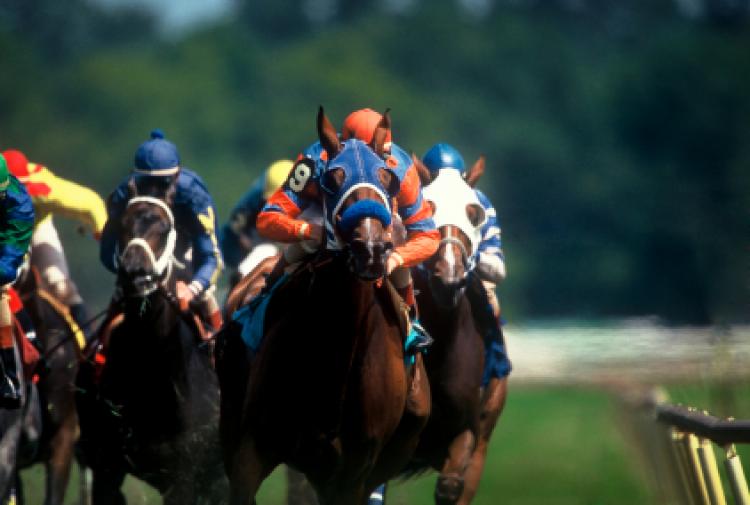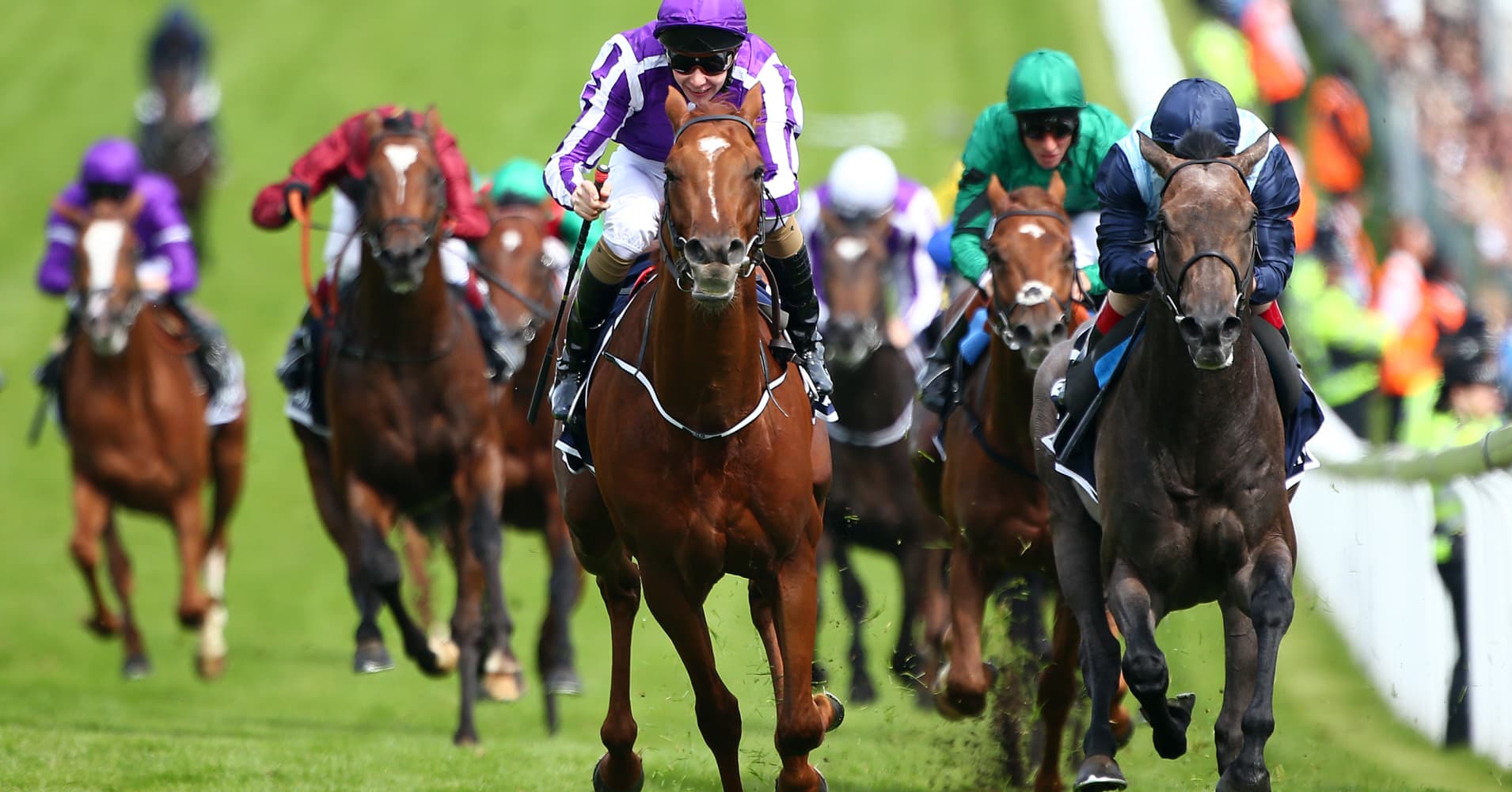First Melbourne Cup Horse Race
- First Melbourne Cup Horse Race Results
- The Melbourne Cup
- Melbourne Cup Horses 2020
- Melbourne Cup Horses
The first horse to ever win the Melbourne Cup was big, lanky* and ran with an unusual style and his tongue hanging out.
Over 100,000 fans frock up annually for Cup Day alone, where the days racing evolves around the A$8 million dollar Melbourne Cup. Fans, horses and trainers come from around the world for the tense 3-minute, 3200m race, where careers are made and lost. The Melbourne Cup is the most watched horse race in Australian racing, contested by three year old horses and above over a distance of 3200 metres. The Melbourne Cup is held annually at Flemington Racecourse on the first Tuesday in November, and has become known as “the race that stops a nation”. The Melbourne Cup is Australia's major thoroughbred horse race. It is run at Flemington Racecourse in Melbourne. Each year, internationally bred or owned horses compete in the race. Since 1882, New Zealand–bred horses have won 40 Melbourne Cups, British-bred horses five, American-bred horses four, Irish-bred horses four, German-bred horses.
Archer was an impressive thoroughbred* standing 16.3 hands high (about 1.6m) and came from Braidwood in southern NSW to win the inaugural* 1861 race.
He travelled south from Sydney to Port Melbourne on a steamboat called the City of Sydney with two of his stable companions to keep him company.
The first Melbourne Cup was held in front of 4000 racegoers on Thursday, November 7 with 57 runners originally listed to take part, but only 17 lined up at the gate.
The favourite* was a local horse named Mormon with Archer, trained by Etienne de Mestre, the second favourite.
The race was full of drama.
After a false start, the pace was slow as the grass was 90cm high in some parts of the Flemington track.
Then there was a serious fall involving three horses, but the race continued.
First Melbourne Cup Horse Race Results
Archer managed to avoid the trouble and by the top of the straight he was three lengths* clear, which he extended to six lengths to defeat Mormon.

His time of 3 minutes 52 seconds remains the slowest on record.
It was a huge win for NSW and the start of an interstate rivalry* that added to the excitement of the Cup for years to come.
Mr de Mestre received 710 gold sovereigns and a hand-beaten gold watch. There was no cup at that time like there is now.
A year later, in front of a crowd of 7000, Archer returned to Flemington for the 1862 Melbourne Cup, in which he started as favourite in the field of 20 horses.
Although carrying a heavy 64.5kg, he won his second Cup with even greater ease, beating Mormon by eight lengths, and claiming a place in the record books with his back-to-back wins.
The Sydney Sporting Life wrote of Archer’s victories this way in 1866: “Archer possessed a splendid constitution*, with the finest temper in the world, was an easy horse to bring fit to the post, when in training, and as honest and true a runner as ever was saddled. It was a glorious sight to see him carrying Johnny Cutts to victory.”
Archer is one of only three horses to ever carry more than 60kg to victory in the Melbourne Cup.
He might have gone on to win three Cups in a row, but was denied entry into the 1863 event after organisers said Mr de Mestre’s acceptance papers did not arrive in time by telegraph*. This was because of a public holiday in Victoria when their office was closed.
In 1864, Archer was retired to stud* at a farm in Braidwood, NSW, where he died aged 16, on December 22, 1872.
To this day, Archer is one of only five horses to win the Melbourne Cup twice or more and he is one of only four horses to win two successive* Cups.
He was inducted* to the Australian Racing Hall of Fame in 2017.
FUN FACT
While the Cup was first run on a Thursday, it changed to a Tuesday in 1875 and has normally been run on the first Tuesday in November each year.
However, in three of the five years during World War II (1942, 1943 and 1944) it was held on a Saturday.
GLOSSARY
- lanky: tall and lean
- thoroughbred: a horse of pure breed
- inaugural: first
- favourite: most likely to win
- lengths: the distance between horses (usually about 2.5m)
- rivalry: competition
- sovereigns: coins
- constitution: character
- telegraph: message transmitted along a wire
- stud: for breeding
- successive: two in a row
- inducted: admitted
EXTRA READING
QUICK QUIZ
- How did Archer travel to the Melbourne Cup?
- Name the day, date and year of the first Cup.
- Why was the pace slow in the first Cup?
- What was the first prize?
- How many horses have won back-to-back Cups?
LISTEN TO THIS STORY
CLASSROOM ACTIVITIES
1. The First Melbourne Cup
The result of the first Melbourne Cup would have made headlines in Melbourne newspapers. Design the front page of The Argus the day after Melbourne Cup day in 1861. Make sure you include the name of the newspaper, the date, the headline, a drawing of Archer and/ or his jockey and a caption for the picture.
Look at a current newspaper front page to get an idea of what else could be included on the front page. There will be some notable differences, particularly that the use of photographs in newspapers was not common until a number of years later than this, however, drawings may have been used. There was no colour either.
The Melbourne Cup
Include the first two paragraphs of the article about Archer’s win. (You do not have to write the full article about this event, however, you can put ‘continued on page..’)
Time: allow 45 minutes to complete this activity
Curriculum Links: English, Humanities and Social Sciences – History, Critical and Creative Thinking

2. Extension
How has the Melbourne Cup changed?
The inaugural Melbourne Cup was a very different affair to the event expected at Flemington in 2019.
Use information from the article and other sources to help you identify some of the major differences between the Melbourne Cup in 1861 and in 2019. You could use a Venn Diagram to help you organise your ideas. A Venn-Diagram is two overlapping circles. In one circle write things that are true of the 1861 Cup and in the other write what is true of the 2019 Cup. In the overlapping section, write what is the same about both the inaugural Cup and 2019 Melbourne Cup.
Time: allow 25 minutes to complete this activity
Curriculum Links: English, Humanities and Social Science – History, Critical and Creative Thinking
VCOP ACTIVITY
The Race that Stops the Nation
The first running of the Melbourne Cup wasn’t without its dramas, but most of the Cup races since have also had similar troubles. From horses being scratched (not running), to falls, barrier hits and problems in the gates.
Imagine being a commentator and having to call the race. You have to talk super-fast, watch every move and be dramatic and entertaining.
Melbourne Cup Horses 2020
Write a script for the commentary of the first-ever Melbourne Cup using details from the article. Then have a practice at ‘calling’ the race using your script. Remember that you need to use lots of expression in your voice and dramatic pauses or emphasis to keep the audience entertained.
Watch the 2019 Melbourne Cup and listen to how the commentator calls the race. Could you keep up? (Remember he doesn’t have a script, he has to call it as it happens.)
Melbourne Cup Horses
HAVE YOUR SAY: What did you find most interesting about Archer’s Melbourne Cup victories?
No one-word answers. Use full sentences to explain your thinking. No comments will show until approved by editors.